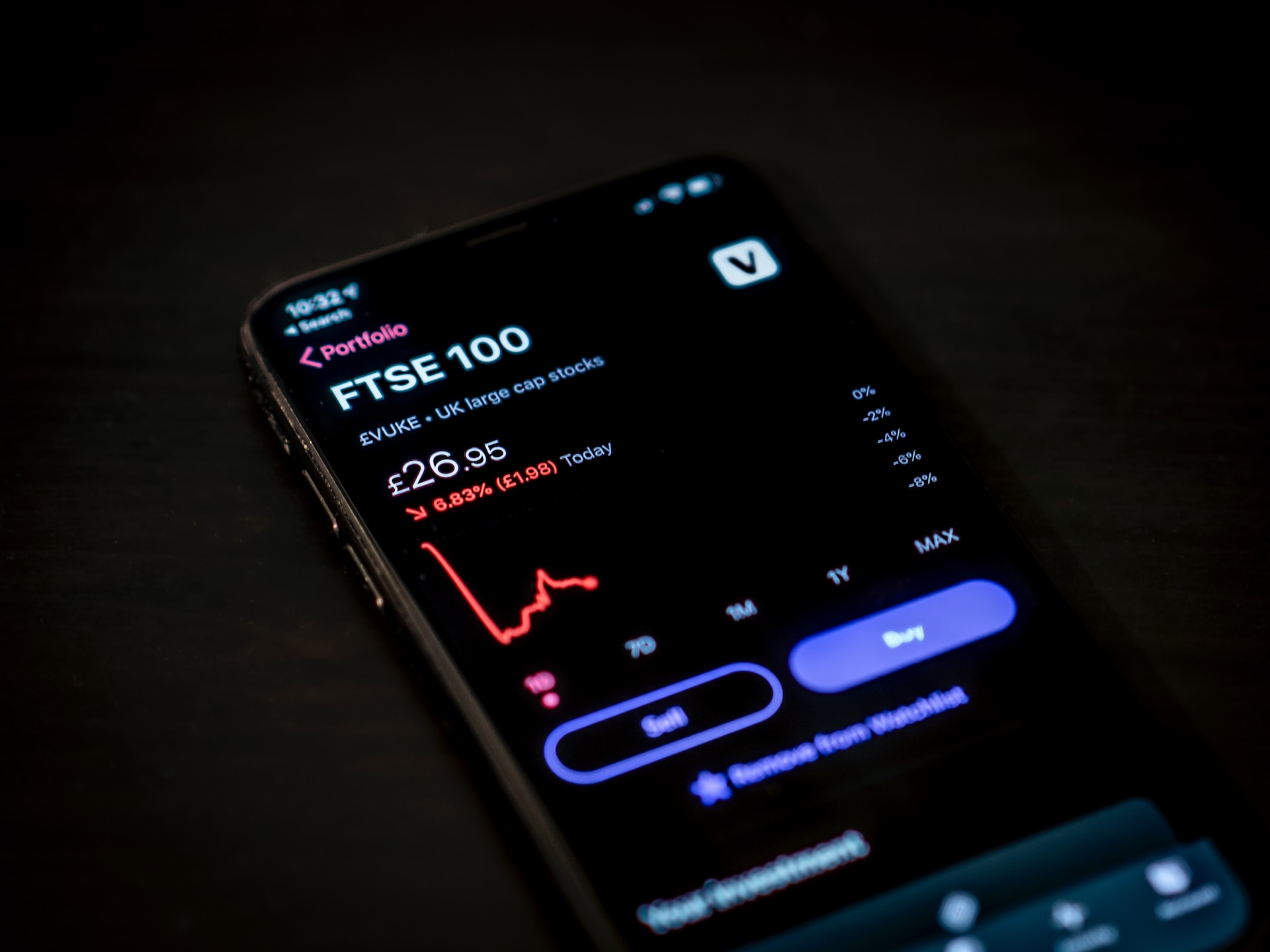Developed market ETFs are exchange-traded funds that give investors access to thousands of individual holdings from the most developed economies in the world at relatively little cost. A developed market refers to a highly productive and industrialized country with a well-established rule of law. In addition to the United States, the most developed markets include the UK, France, Japan, Australia, and Canada. The developed market ETFs focus on holdings within these advanced economies.
The five biggest developed market exchange-traded funds are iShares MSCI EAFE ETF (EFA), Vanguard FTSE Developed Markets ETF (VEA), iShares Core MSCI EAFE ETF (IEFA), iShares MSCI EAFE Small-cap ETF (SCZ), and Schwab International Equity ETF (SCHF). These exchange-traded funds differ from those ETFs that focus on just local holdings or particular niche or industry-specific holdings.
In this article, our experts will explore all these five developed market exchange-traded funds (ETFs) in terms of (AUM) assets under management. To distinguish developed market exchange-traded funds from basic local ETFs, the following list of ETFs focuses on those ETFs with at least 5% exposure to two or more advanced market economies, excluding the US. Without further ado, let’s take a look at these ETFs list!
iShares MSCI EAFE ETF (EFA)

Total Assets (AUM): $57.2 Billion
The iShares MSCI EAFE ETF (EFA) was issued by BlackRock Financial Management in 2001, and since then, it has consistently ranked at the top of the worldwide ETF market or very close to the top. This developed market ETF tracks the MSCI EAFE Index, which represents stocks across EAFE, Europe, Asia, Australia, and the Far East.
Morgan Stanley Capital International EAFE Index is the most broadly quoted foreign equity index in the United States. The ETF devotes roughly 23% of its assets to Japanese equities, about 11% to equities in France, and 14% to those in the UK. Besides, Germany, Australia, and Switzerland each draw over 5% of the fund’s assets. Also, the expense ratio of this ETF is 0.32%.
Note: iShares is a global leader in ETFs that has invested around $2 Trillion in more than 800 different products.
2. Vanguard FTSE Developed Markets ETF (VEA)
Total Assets (AUM): $111 Billion
Vanguard launched the Vanguard FTSE Developed Markets ETF (VEA) in 2007, which aims to follow the FTSE Developed ex US All Cap-Net Tax Index. The index measures the investment returns of stocks published by Canadian companies and big markets in Europe and the Pacific region. However, European stocks account for 53% of the ETF’s portfolio.
Moreover, the Vanguard FTSE Developed Markets exchange-traded fund initially excluded Canadian stocks. However, it later changed its policies to integrate significant trends in North America. The fund’s expense ratio is 0.05% which is lower than the iShares MSCI EAFE ETF.
Note: FTSE is an acronym for Financial Times Stock Exchange Group. FTSE is a British financial company that specializes in index offerings for the global financial markets.
iShares Core MSCI EAFE ETF (IEFA)

Total Assets (AUM): $104.3 Billion
Black Rock Financial Management’s iShares Core MSCI EAFE ETF (IEFA) was issued in 2012. The ETF aims to follow the investment results of the MSCI EAFE Investable Market Index, a more extensive version of the MSCI EAFE Index. In addition to the mid and large-capitalization representation that MSCI EAFE Index offers, this index also contains small-cap developed market equities.
The fund’s exposure looks identical to iShares MSCI EAFE ETF, with 23% of its assets invested in Japanese stocks, 14% in UK stocks, and more than 5% of its assets going to Germany, France, Switzerland, and Australia’s stocks. At 0.07%, the expense ratio of iShares Core MSCI EAFE ETF is competitive with that of VEA.
Note: MSCI stands for Morgan Stanley Capital International, which is an investment research firm. MSCI provides indexes, performance analytics, portfolio risk, and governance tools to investors.
4. iShares MSCI EAFE Small-cap ETF (SCZ)
Total Assets (AUM): $15.3 Billion
Another largest developed market ETF, iShares MSCI EAFE Small-cap ETF (SCZ), was introduced in 2007. This ETF aims to track the performance of the MSCI EAFE Small Cap Index, which is focused on exposure to only small public firms in EAFE. Like the other iShare ETFs on the list, Japanese equities comprise the highest percentage of ETF assets at 27%, and equities in the United Kingdom account for the second-highest rate at 17%. In addition, more than 5% of the fund’s assets come from equities in Germany, Australia, and Sweden. With an expense ratio of 0.39%, the fund has the highest ratio on this list.
5. Schwab International Equity ETF (SCHF)
Total Assets (AUM): $29.2 Billion
The last largest developed market ETF is Schwab International Equity ETF (SCHF) which aims to track the total return of the FTSE Developed ex-US Index, much like the Vanguard FTSE Developed Markets ETF. According to the index provider, the index consists of mid and large-capitalization companies in industrialized countries outside the US.
About 21% of the SCHF portfolio is made up of equities in Japan and 12% from the United Kingdom. However, over 5% of the fund’s assets include stocks from Germany, France, Australia, Canada, and Switzerland. SCHF has been around since 2009 and has an expense ratio of 0.06%.
The Bottom Line
All these five developed market exchange-traded funds focus on holdings in most developed economies of the world, such as Canada, France, Japan, and the United Kingdom. It’s important to note that developed markets are different from emerging markets. We have already discussed developed markets, as these markets are located in countries with advanced economies, mature capital markets, better-developed infrastructure, and higher living standards.
However, emerging markets are in the process of growth and development but have less mature capital markets than developed countries. Emerging markets include Brazil, China, Russia, India, Italy, Spain, and Portugal. The above ETF list includes developed market ETFs that are traded in the US.

Credit Card Default: How It Happens, What To Do About It

5 Tips For Maximizing Tax Deductible Donations

What can be a Potential Merger Impact on Shareholders?

Best Growth ETFs

Robinhood Business Model- How do they make money?

How To Increase Your Mortgage Preapproval Amount

What is the Effect of Petrodollar on US Dollar?

What is a W-9 Form and Why You Need To Fill It Out

Adjustable-Rate Mortgage (ARM) – What Is It and How To Apply

Local Tax: What is Impact of Local Taxation?

Word-of-Mouth Marketing: Types and Benefits of word-of-mouth marketing
